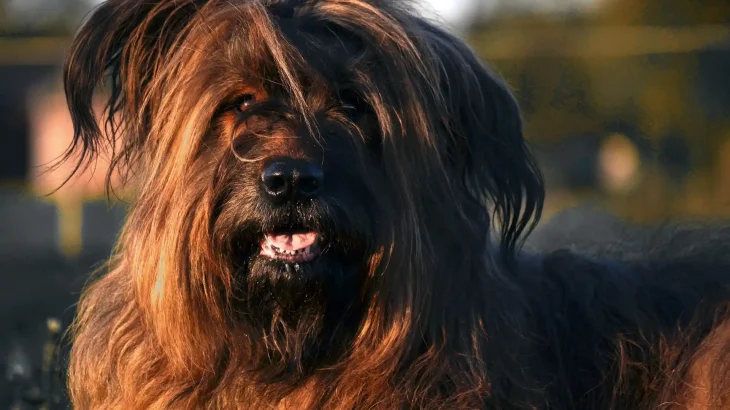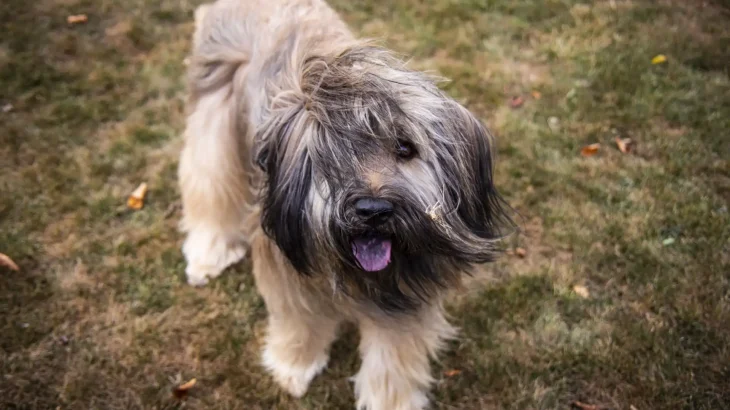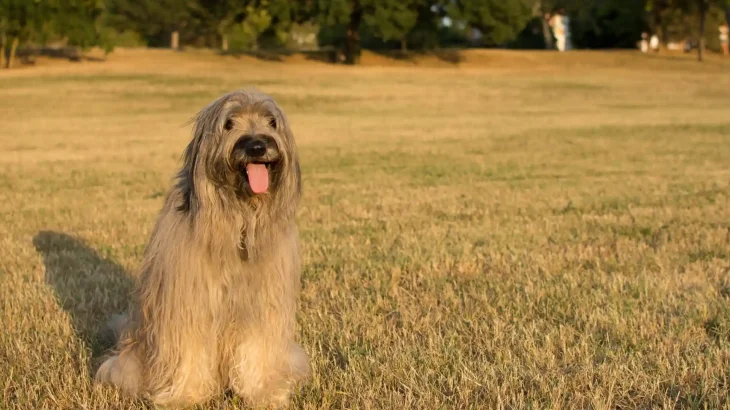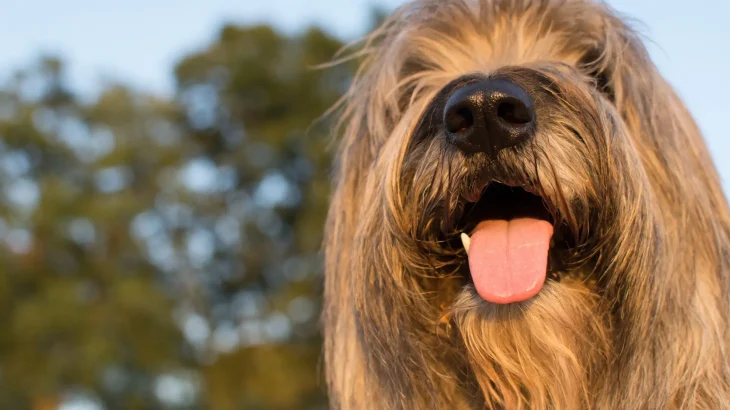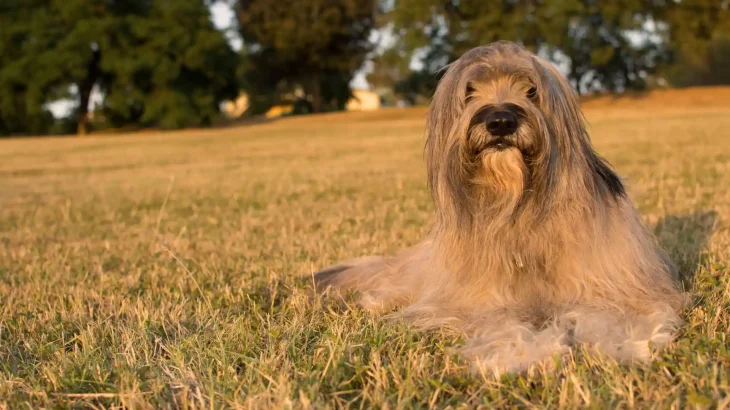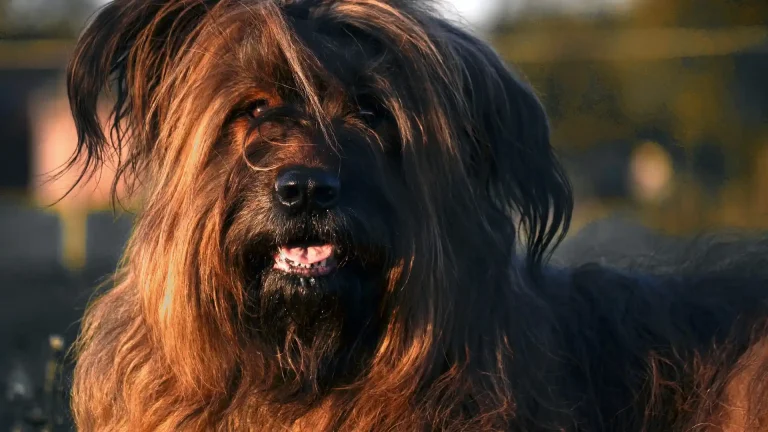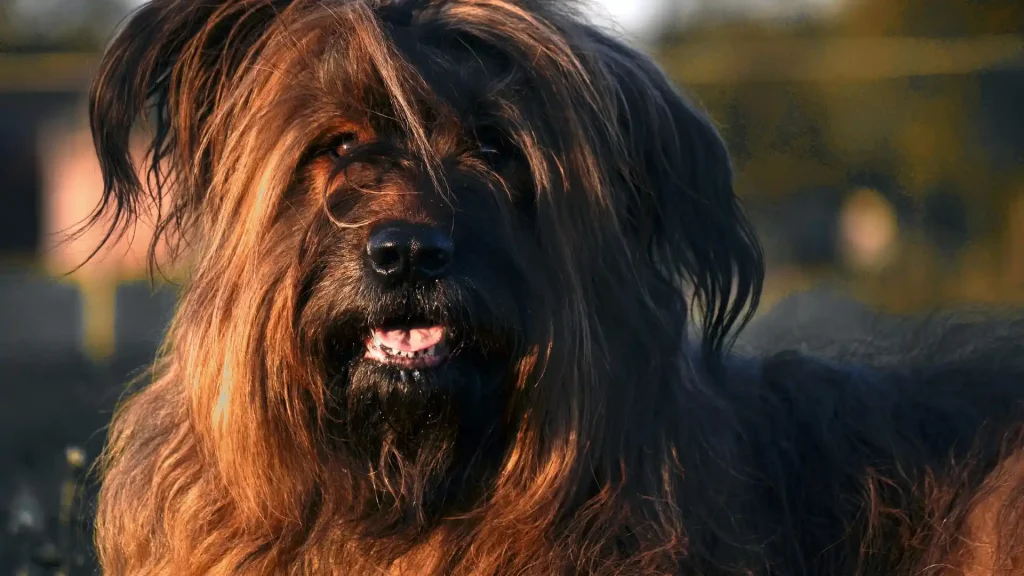When deciding to welcome a Catalan Sheepdog puppy into your home, choosing between adoption and purchasing from a breeder depends on your priorities. Adoption can be a rewarding way to give a dog a second chance, while buying from a breeder often means access to detailed health and pedigree information. Each option has its own unique advantages and considerations to help you find the right fit for your lifestyle and values.
| Criteria | Buying from Breeder | Adopting from Shelter/Rescue |
|---|---|---|
| Cost | Generally higher, around £1500 - £3000 for a purebred Catalan Sheepdog puppy. | Lower adoption fees, often more affordable and may include initial health care. |
| Health History | Detailed health records and genetic screening available from reputable breeders. | Health history may be limited or unknown, but shelters provide basic health checks. |
| Age Availability | Mostly puppies, allowing you to raise the dog from a young age. | Variety of ages including adults, which can be a good fit for some families. |
| Temperament Insight | Breeders can share lineage temperament traits, aiding in predicting behavior. | Shelters can provide behavioral assessments, but full history may be uncertain. |
| Supporting Practices | Supports breeding programs focused on maintaining breed standards if breeder is ethical. | Supports animal welfare by giving homes to dogs in need and reducing shelter populations. |
| Ethical Considerations | Important to verify breeder ethics to avoid supporting puppy mills or poor breeding practices. | Adoption helps combat overpopulation and saves lives; encourages responsible pet ownership. |

